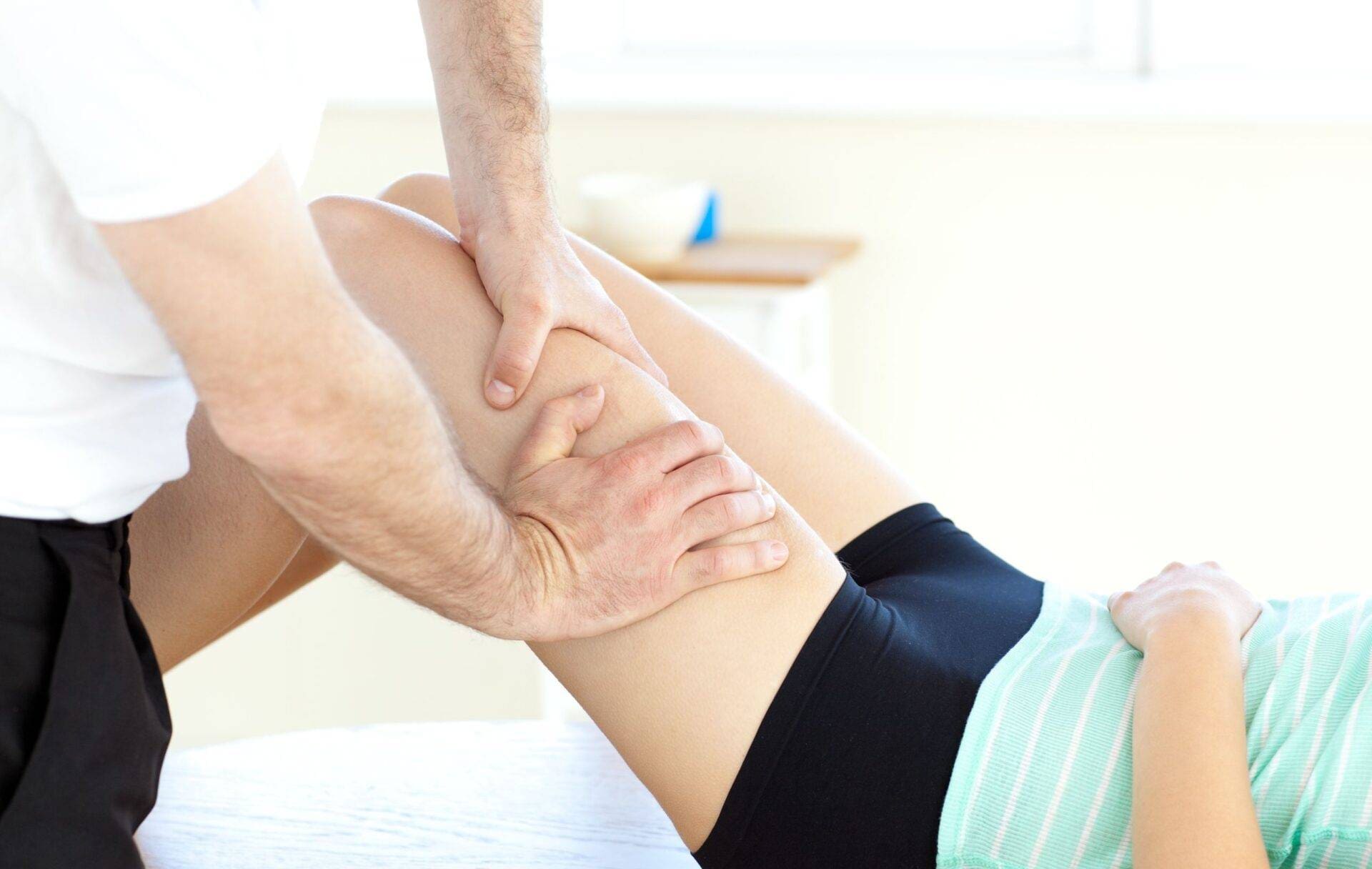By Dr. Lauren Quattrocchi, DC
Injuries at this time of year tend to become more common, as many of us begin to perform activities and movements that are new to our bodies. Whether you have hired a personal trainer, joined a class, or are working out in your basement, the risk of an injury is high as we are performing new movements and applying higher demands on our tissues.

Let’s say you get injured and you are no longer able to keep up with your routine and complete all the activities that you had scheduled. There are a few options;
- You could continue to work through the pain and potentially make the injury worse.
- You could stop your activity for a period of time, give your body some rest, and hope it heals on its own.
- You could seek advice and/or therapy to speed up the healing process and potentially not have to take any time off of the gym.
Many individuals who have sustained soft tissue injuries in the past have sought out care to help manage the injury. As a healthcare professional, my goal is to not only treat your aches and pains but also help prevent them from happening.

An article published in the New England Journal of Medicine was able to give some insight and provide some answers to these questions. The study looked at 50 athletes with acute muscle injuries (strains/tears). One group of athletes started treatment 2 days after an acute muscle injury whereas the second group started treatment 9 days after the injury. Both groups used the EXACT same therapy protocol throughout the treatment plan. The athletes who started treatment 2 days post-injury were able to return to their respective activity 3 weeks earlier compared to the other group. Therefore starting treatment 7 days earlier saved 21 days in the end.
Now we know that REST is not necessarily the best option. Research has also found that immobilization (rest) can quickly and negatively affect muscle and tendon structure/function and has detrimental effects on connective tissue cells.

If you find yourself sustaining an injury or experiencing some aches or pains from your workouts then do not be shy to seek advice or therapy from a health care professional. Remember the sooner you get treatment the quicker you will be back to your activities and achieving your goals.
Should you have any further questions feel free to book a consultation with one of our many qualified professionals at Active Approach Health & Wellness Centre. We can not only provide assessments, diagnosis and treatment plans but can also provide you with good practices to prevent injuries.

